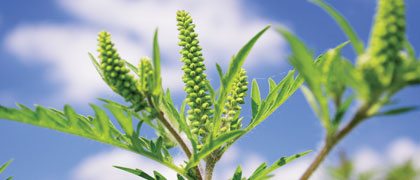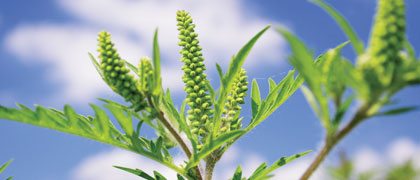Consternation Over Resistant Weeds
Seed and crop protection companies work to deliver new solutions to an old problem.
Today there are nearly 100 recorded herbicide-resistant weed species in Canada, according to the International Survey of Herbicide Resistant Weeds. Additionally, Stratus Ag Research reports that in 2013, Canadian farmers had more than 1.1 million acres of cropland infested with species of glyphosate-resistant weeds, which is where much of the research community is focused.
The Weed Science Society of America reports that resistant weed biotypes are a consequence of basic evolutionary processes. Individuals within a species that are best adapted to a particular practice are selected for and will increase in the population. Once a weed population is exposed to a herbicide to which one or more plants are naturally resistant, the herbicide kills susceptible individuals, but allows resistant individuals to survive and reproduce. With repeated herbicide use, resistant weeds that initially appear as isolated plants or patches in a field can quickly spread.
More than 90,000 acres across Canada are affected by glyphosate-resistant giant ragweed, according to Stratus Ag Research.
Fast-Spreading Weeds
In a 2014 research paper titled, Genetically-modified herbicide-resistant (GMHR) crops a two-edged sword? An Americas perspective on development and effect on weed management, Agriculture and Agri-Food Canada scientist Hugh Beckie and his colleagues write, “[Regulators] could not have imagined the rapid, widespread adoption of glyphosate-resistant (GR) crops and subsequent chain of events: surge in glyphosate usage at the expense of other herbicides, sharp drop in investment in herbicide discovery, unrelenting rise of GR and multiple-HR weed populations, and increasing herbicide use in GMHR cropping systems.”
Canada’s newest challenge in glyphosate resistance is fleabane, which grows as a summer or winter annual, that produces an average of 200,000 seeds — meaning this weed can spread very quickly. According to the University of Guelph, farmers in Ontario are in need of a solution.
A survey by Stratus Ag Research of more than 2,000 farmers from across Canada shows that Canada fleabane is the dominant problem in the East with more than 180,000 glyphosate-resistant acres, affecting more than six per cent of farmers in the East. By comparison, glyphosate resistant giant ragweed is estimated on more than 90,000 acres. Taking the lead, in terms of acres affected, is resistant kochia, representing 651,000 acres. Kochia is
primarily a problem in Western Canada.
Delivering Solutions
Seed and crop protection companies are developing ways to combat the issue. Currently Eragon, a group 14 herbicide developed by BASF Canada Inc. and released to market in 2013, has been the No. 1 product recommended by Peter Sikkema, a University of Guelph weed scientist, for the control of glyphosate-resistant fleabane. However, the price of applying Eragon as well as the other chemicals required for total weed control is not always economical.
Monsanto might have found that solution. During the past few years of field tests, dicamba, a group four herbicide, has provided adequate control of glyphosate-resistant Canada fleabane. However, it causes severe damage to soybeans, so Monsanto developed a dicamba-tolerant soybean cultivar. “This opens a whole new opportunity for weed control for Ontario farmers,” says Matt Underwood, a University of Guelph graduate student studying dicamba-tolerant
soybeans.
When it comes to herbicide resistance as a whole, AAFC’s Beckie writes, “The only sustainable solution is for government or end-users of commodities to set herbicide-use reduction targets in our major field crops similar to European Union member states, and include financial incentives or penalties in agricultural programs to support this policy.”
Julie Deering











